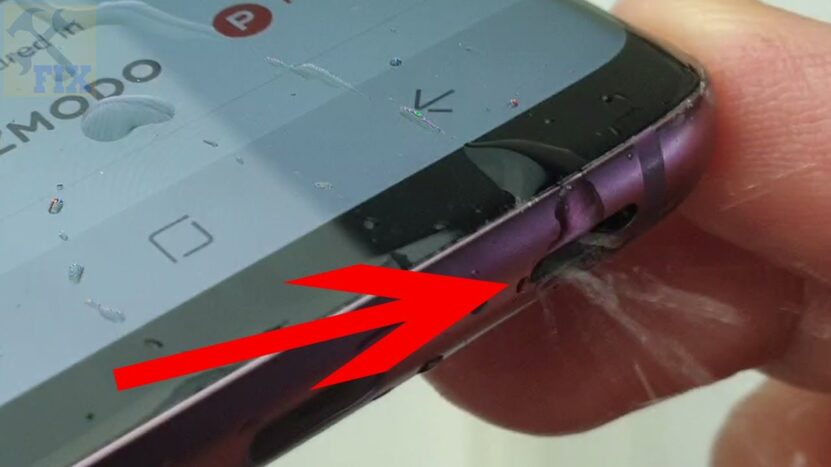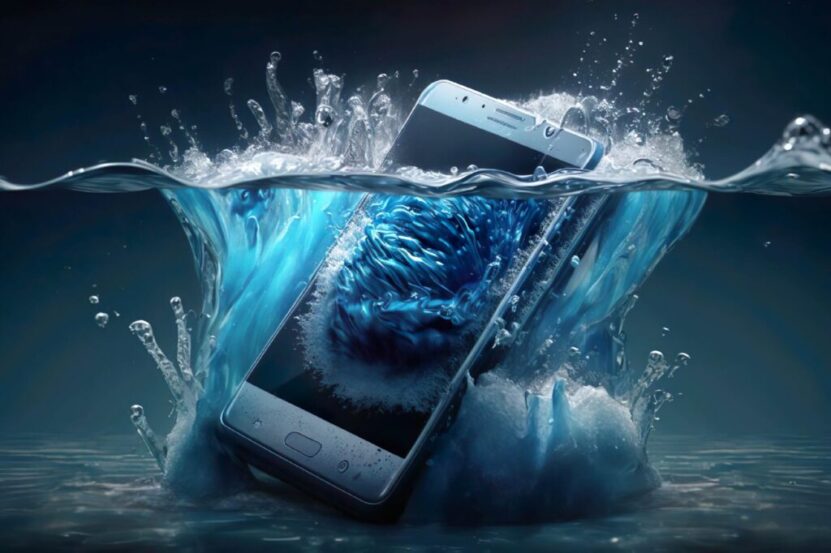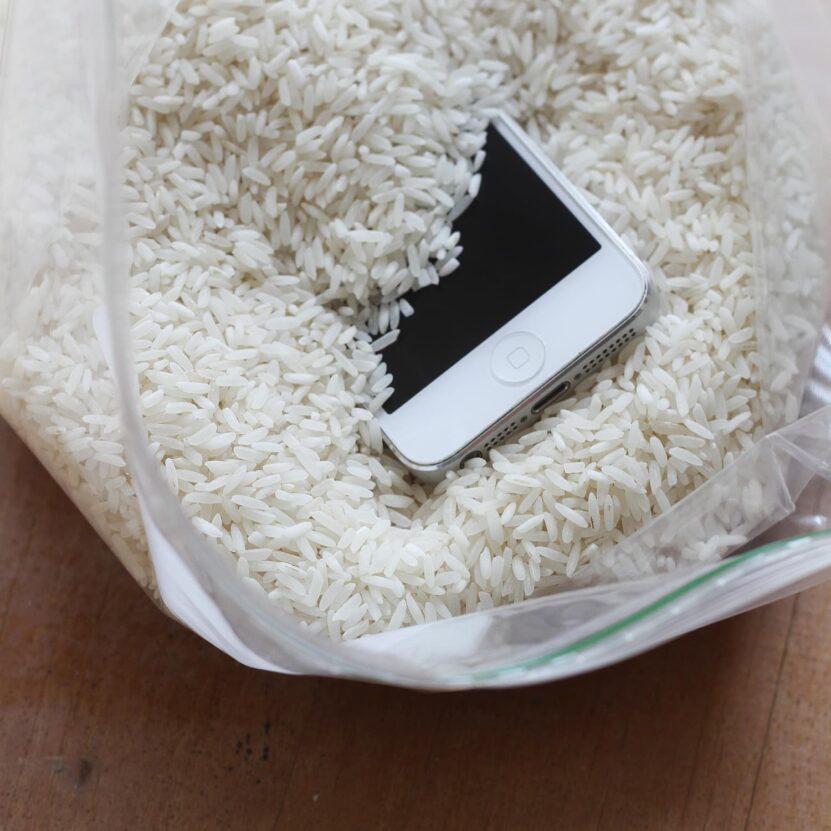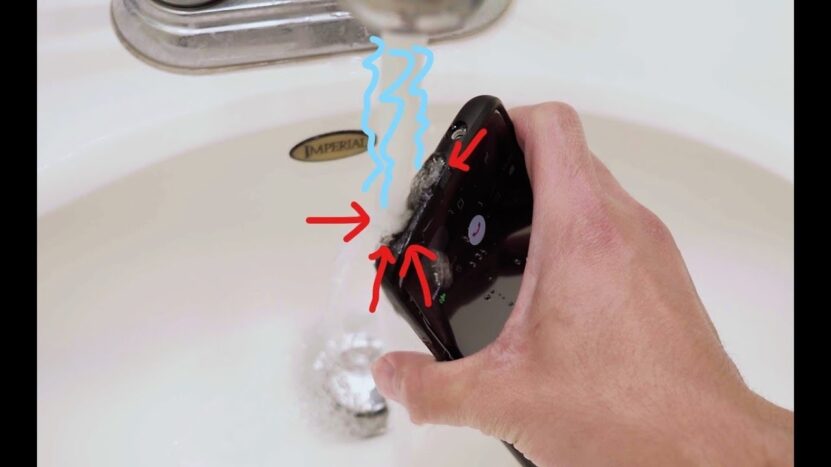Dropping your Android phone in water is a nightmare scenario that many of us have faced or fear. This is a particularly common issue for people who like to use their phones near water bodies, swimming pools, or even in the bathroom. When your phone takes a dive into water, your speaker is one of the components that is most vulnerable to damage. If water infiltrates the speaker, you can end up with poor sound quality, lower volume, or even complete silence. Failing to act promptly can make the problem even worse and may require costly repairs or a new phone altogether. The faster you tackle the issue, the higher the likelihood that your phone’s speaker will recover fully.
Identify the Signs

Knowing how to recognize the signs of water damage to your phone speaker is the first step in solving the problem. This is important because the symptoms may not always be immediate or obvious. Some common signs to look out for include:
Muffled sound: If your speaker suddenly starts sounding muffled or distorted, this could mean that water has gotten inside.
Lower volume: You might notice that the volume is noticeably lower than usual. This can happen if water is obstructing the speaker’s membrane.
No sound: In the worst-case scenario, the speaker might stop working completely, making it impossible to hear anything.
Static noise: If you hear a static or crackling sound, this is another signal that water has entered the speaker.
Understanding these signs helps you take corrective measures as soon as possible. Delaying could lead to permanent damage, not just to the speaker but potentially to other internal components as well. If the worst happens, you’re better off contacting professionals such as Arena Mobile.
Power Off Immediately
The moment you suspect that your phone’s speaker is water-damaged, turn off the device without delay. It’s crucial to power down the phone because water and electricity are a bad mix. The circuits inside the phone, including those that power your speaker, can short-circuit when they come into contact with water. Electrical flow through a wet circuit could aggravate the damage and even ruin the speaker entirely. Additionally, keeping the phone on can lead to other kinds of damage. Water might spread to other parts of the phone, including the motherboard, which is the central hub for all things electrical and computational in your device. Therefore, turn off your phone to prevent exacerbating the damage.
Remove External Accessories
After you power off your Android phone, the next step is to remove any external accessories. This includes phone cases, screen protectors, and any connected headphones or charging cables. The goal here is to isolate the device and make it easier to deal with the water damage. A phone case, especially one that is water-resistant, might hold in moisture, making it harder for the internal components, like the speaker, to dry. Removing these accessories will help you access the phone more thoroughly and will speed up the drying process, ultimately reducing the likelihood of long-term damage.
Dry the Exterior

Before you attempt any internal fixes, make sure to dry the exterior of your phone carefully. Use a clean, lint-free cloth or paper towel to wipe down all accessible parts. Pay special attention to the speaker, the area most likely to retain water. Dab gently; do not rub as it can push water deeper into the device. If you see visible droplets of water near the speaker grille, use the corner of the cloth to soak them up. Remember, the less water that remains in or on the exterior, the lower the chance of internal damage.
Remove the Battery (if possible)
Some Android phones come with a removable battery. If yours is one of them, take out the battery carefully to stop any electrical flow within the device. Removing the battery will reduce the risk of electrical components, including the speaker, short-circuiting. Do note that many modern Android phones have built-in batteries that you can’t remove. In such cases, do not attempt to remove the battery yourself as this could void your warranty and possibly cause more harm than good.
Do Not Use Heat Sources
You might be tempted to use a hairdryer or a heater to speed up the drying process. Don’t. Exposing your water-damaged phone to heat can cause further damage. Heat can melt internal components and worsen the water damage to your speaker. It can also weaken the adhesives that hold the phone together, making it less durable in the long run. Stick to air drying or use other moisture-absorbing techniques that we’ll discuss next.
Rice or Silica Gel

The most popular home remedy for a wet phone is to put it in a bag of rice or silica gel packets. Both rice and silica gel are desiccants, meaning they absorb moisture. Place your phone in a Ziploc bag filled with rice or silica gel, making sure the phone is completely submerged. Leave it there for at least 24 hours. The rice or silica gel will absorb the moisture, helping to dry out the phone and, hopefully, the speaker.
Leave it to Dry
After you’ve done all you can to remove moisture, leave your phone in a dry, warm place for at least 24 to 48 hours. Avoid the urge to turn it on to check if it works; doing so could cause a short circuit if the phone isn’t completely dry. Patience is key here. Giving your phone ample time to dry will increase the chances of your speaker returning to normal function.
Test the Speaker
Once you’ve waited for a minimum of 24 hours, it’s time to test your phone’s speaker. Turn on the phone and play some audio or make a call to see if the speaker works as it should. If the sound is clear, you’ve successfully managed the water damage. If you still experience issues, you might have to take more drastic measures.
Seek Professional Help

If your speaker isn’t working correctly after you’ve followed all these steps, it’s time to consult a professional. Take your phone to an authorized service center or a qualified technician. They have the tools and expertise to diagnose and repair water damage effectively. Attempting more advanced repairs yourself could lead to more damage and may void your warranty.
Prevention Tips
To avoid future mishaps, consider investing in a water-resistant phone case and screen protector. Also, be cautious when using your phone near bodies of water. Simple awareness and quick action can prevent your phone’s speaker from water damage.
